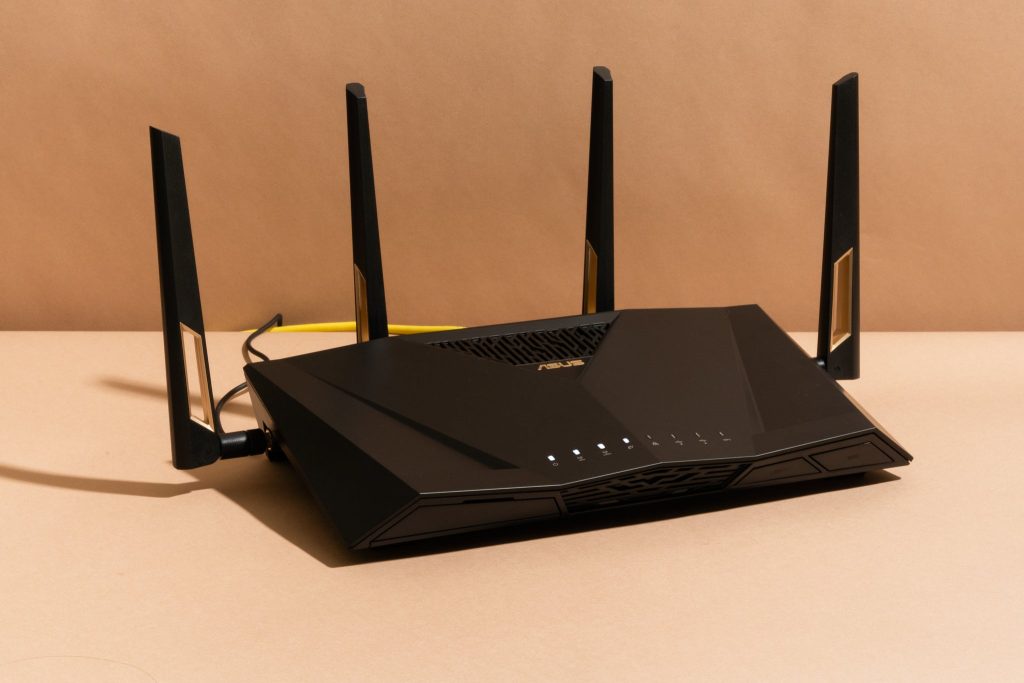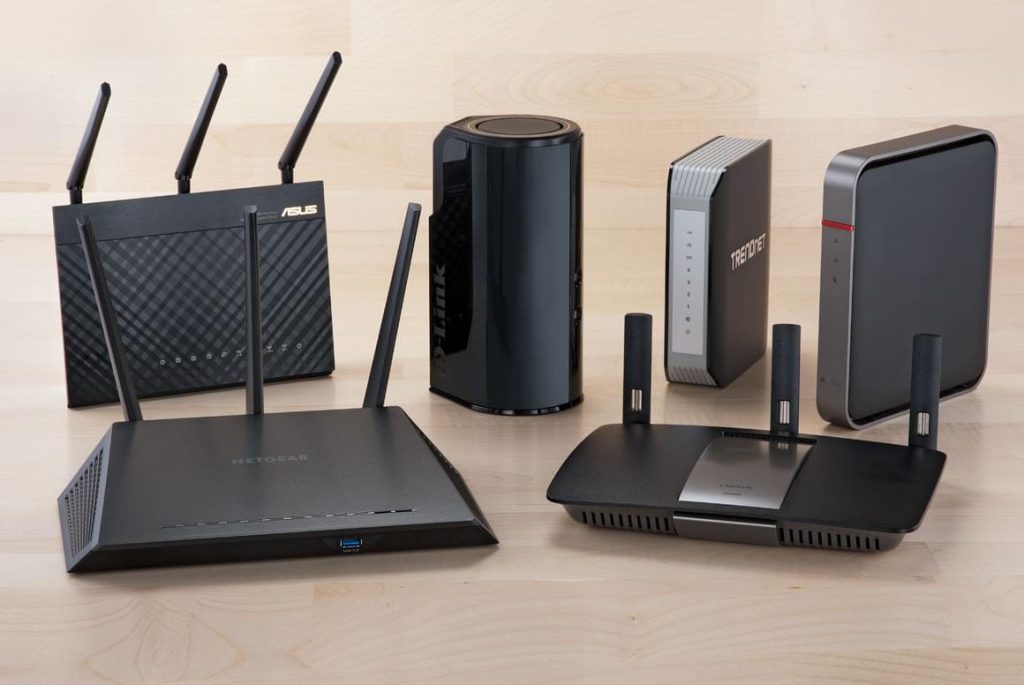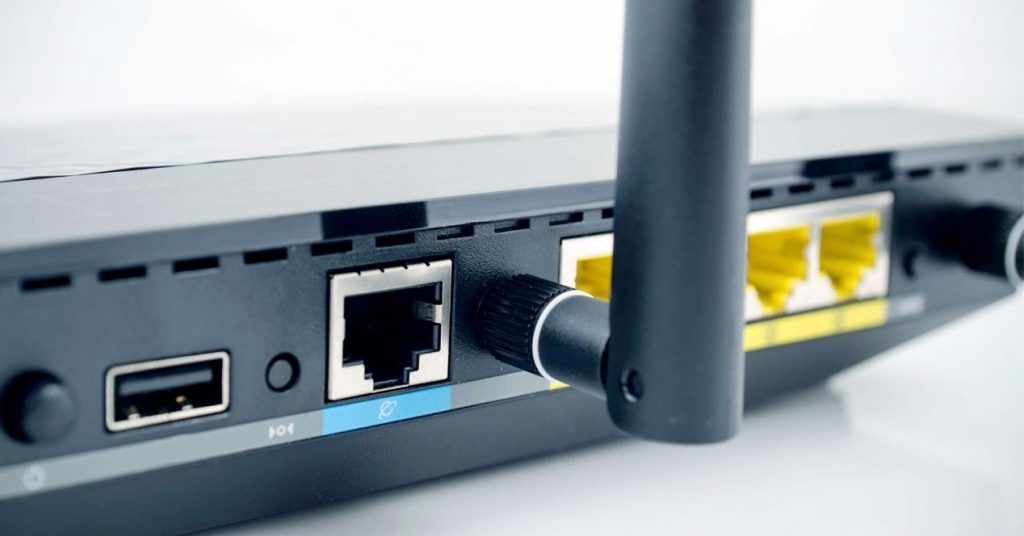Is your router not working properly, and you wonder how long does a WiFi router last? Do you want to know how to recognize a faulty router?
If so, in the following sections, you will learn all you need to know about how long a router lasts and identify a faulty router before deciding to purchase a new one.

How Long Does a WiFi Router Last
Multiple factors determine a router’s lifespan. This question is rather subjective, as every device is different. But in general, routers become obsolete after 5 years of initial purchase. This doesn’t mean a router will stop working even after 10 or 15 years of use.
A router can fail for several reasons. Let’s explore those reasons and when it’s time to start thinking about buying a new device.
Factors That Impact the Lifespan of a Router
Obsolete software
All routers operate using factory-installed firmware. A router’s firmware is its operating system, through which you can configure and personalize its settings.
The firmware can be updated manually or automatically, depending on the router’s model and brand. Manual firmware updates are done by “flashing” the router’s old firmware with a new one, with pre-downloaded files you upload to the router’s ROM (Read-Only Memory). Automatic updates happen when a router updates itself via an established network connection, downloading and installing the firmware files on a preset date.
Once there are no more new firmware updates, the software on the router becomes obsolete. One of the essential things that the updates provide is constant security patches that keep your devices safe from unauthorized attacks. The device will be more vulnerable to malware and viruses if the software is old.
Constant advancement in technology
Network technology is constantly advancing. New router models with new and improved features quickly make older models outdated every year.
When WiFi 4 came out in 2008, it was revolutionary, offering wireless speed transfers of up to 300Mbps. This technology was known as 802.11n. But only 6 years later, in 2014, WiFi 5 was introduced, with staggering 1000 Mbps wireless data transfer speeds, making WiFi 4 obsolete.
This example shows that in only several years, technology can make a massive leap with unbelievable advancement, which is why an older router’s hardware will be unable to handle it.
Non-stop usage
Non-stop usage is also an enemy, not just to routers but to all electrical devices.
When you purchase a router, you plug it in, set it up, and leave it operating all the time without ever shutting it down. This is what most people do, which is something that also shortens its life span. An electrical device that constantly operates without a break will tend to malfunction sooner because of the premature wear of its inside components.
Non-stop usage can also lead to the router constantly operating under heat and not having a chance to cool down. Heat is the number one enemy of electronic devices with small and sensitive components, drastically shortening their lifespan.
So try to turn off your router at night to give it a break and increase its lifespan as much as possible.
Improper maintenance
When was the last time you cleaned your router?
Improper maintenance can significantly shorten the lifespan of a router because, over time, dust accumulates into the vents, and the devices can’t properly ventilate. This is one of the most common reasons why routers overheat and burn out.
To properly maintain your router, clean it from dust at least once every 6 months, and if you have an air compressor, you can use it to clean the vents and blow out the dust. You can even use compressed air cans available in most electronic retail stores if you don’t own an air compressor.
Read more: How Often Should You Reset Your Router

The price and brand
Believe it or not, how long a WiFi router lasts is also impacted by its price and brand.
Cheaper routers, built from lower quality materials, will tend to last less than more expensive routers from renowned brands. Material quality is a significant factor, which is why established brands offer extended warranty periods on their more expensive devices.
Brands such as Asus, Linksys, Netgear, TP-Link, etc., are more renowned and produce higher-quality router devices. Even their cheaper models will last longer than other brands’ routers.
How to Tell If It’s Time to Replace Your Old Router
Frequent network signal loss
Once you start noticing lag and slow network performance, this might signal that your router is failing, especially if you already made sure that the problem isn’t with your ISP (Internet Service Provider).
If you have separate modem and router devices, you can connect your PC to the modem directly and see if the internet connection improves. If it does, then the problem is with the router itself.
If all you have is a router, which acts as a gateway (both modem and router in one device), you can try resetting your device first and configure it to see if that solves the problem. If not, it’s probably time to invest in a new router.
The router reboots at random
Another common problem that might indicate a faulty router is if the device reboots frequently and randomly.
Once this starts occurring, the problem is most likely hardware related, as an electrical component inside the device cannot sustain an electrical charge, causing the frequent reboot.
This problem can also happen after an electrical power surge or if the device has been plugged and unplugged from the power source too often over a short period.
Frequent reboots can also occur because of corrupted firmware files after an update, so the device cannot operate properly and need to restart its operating system.
Having problems configuring the router
If you decide to reset your router and reconfigure it, but you’re facing unexpected problems, this is another sign that you have a faulty device.
Namely, once you access the web-based configuration utility and try to alter some of the router’s settings, you may find that the device doesn’t want to save the changes, or the software crashes and restarts from the beginning. Sometimes, even though you configure everything correctly, your settings will not be saved and will revert to the old ones.
This is a common problem and can be hardware or software related. Corrupt firmware files can cause this kind of behavior, but damaged or partially burnt-out hardware can also cause the device to be unable to save new settings and revert to factory preset ones.
The device is hot to the touch
Once you notice your device is hot to the touch, it’s probably reached the end of its life and is near failure. As we’ve already said, heat is the number one enemy of electronic devices. A device under constant heat will underperform, crash frequently, and burn out much sooner than expected.
Proper maintenance is one of the critical factors to help your device avoid overheating by regular cleaning and keeping it in an adequately ventilated, clutter-free area.
Also read: How to Hide Modem and Router

Conclusion
As you can see, routers are expendable pieces of hardware that don’t last forever.
Knowing how long does a WiFi router last and how to recognize when it’s time to purchase a new one ensures that you won’t struggle to discover why you’re having problems with an unstable internet connection.
You will even be able to help a friend or family diagnose a faulty router now that you know precisely how one behaves.